Time to break through and rise up with inner strength
Speaking at the opening ceremony of the New Economic Forum 2025 jointly organized by the Central Policy and Strategy Committee and the Vietnam Economic Association on the afternoon of October 2 in Hanoi, Prof. Dr. Hoang Van Cuong, Vice President of the Vietnam Economic Association, emphasized that after 40 years of renovation, the Vietnamese economy has achieved many important achievements.
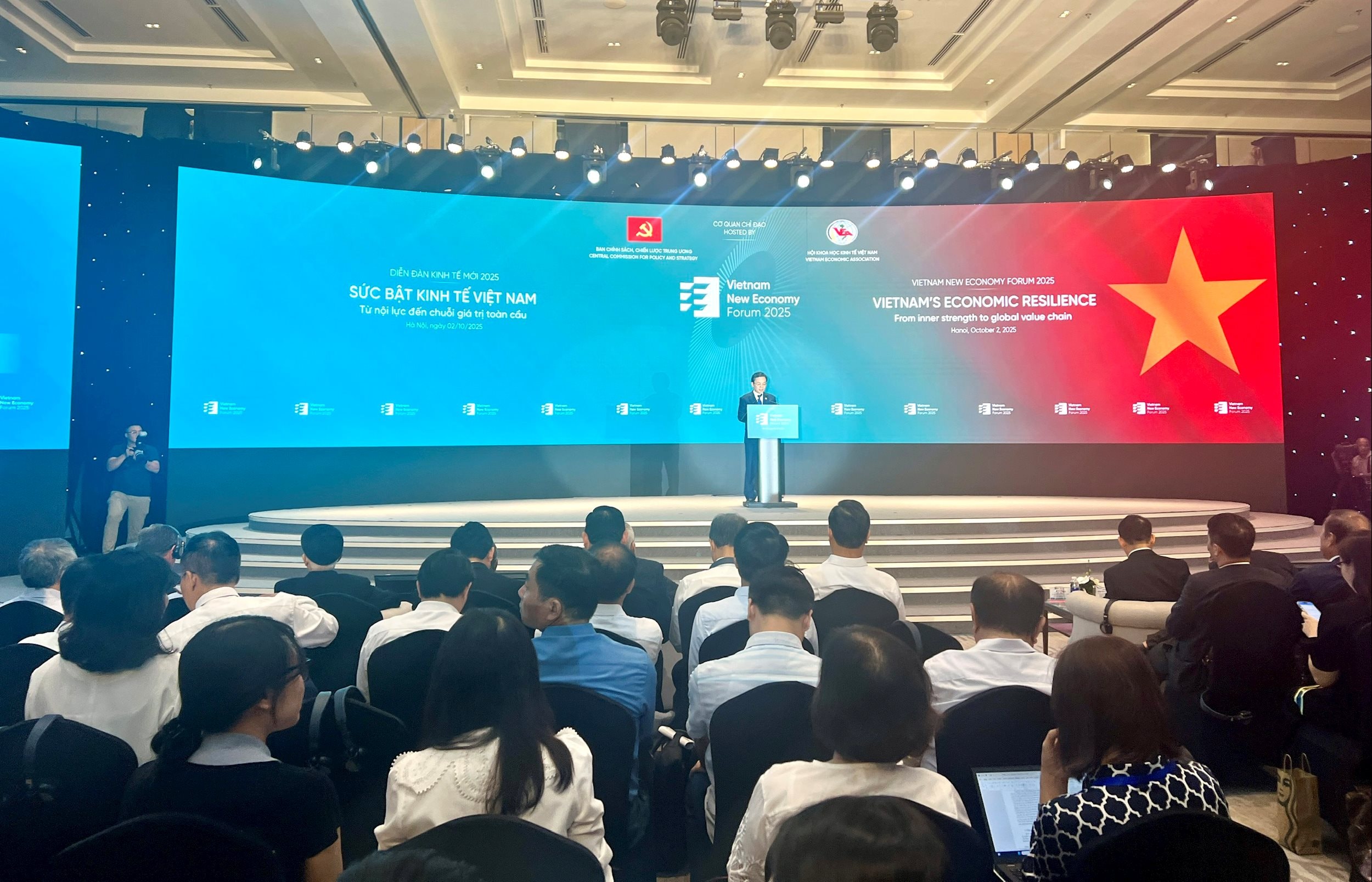
By 2025, the GDP is estimated to reach 500 billion USD, with an average income per capita of about 5,000 USD, making Vietnam officially enter the group of upper middle-income countries. The average growth rate is maintained at 7%/year, among the highest in Asia, making Vietnam one of the "bright stars" of global growth. Import and export of goods has continuously increased, making Vietnam one of the top 20 trading countries in the world , and at the same time becoming an important production center in the fields of textiles, footwear, and electronics.
However, Mr. Cuong also frankly pointed out the limitations: more than 70% of exports depend on the FDI sector, the domestic added value of key products only reaches 30-35%. Domestic production is still mainly processing and assembling, taking on low-value stages in the supply chain. Labor productivity is still low, the risk of falling into the "middle-income trap" exists if not improved.
In the context of fierce technological competition, new trade barriers and the strong trend of green transformation and digital transformation, Prof. Dr. Hoang Van Cuong believes that this is the time for Vietnam to rise up with its own strength, participate from the beginning in high-tech industries, and become an important link in the global value chain. Only then will growth be sustainable and create momentum to reach double-digit speeds, realizing the aspiration of a developed and powerful Vietnam, he emphasized.
Sharing the same view, Mr. Nguyen Thanh Nghi, Head of the Central Policy and Strategy Committee, assessed that Vietnam has achieved many historic achievements: from a poor country to a dynamic, fast-growing economy, with a GDP expected to rank 4th in ASEAN, and among the 20 countries with the largest trade in the world. However, growth still relies heavily on expanding scale, the development model shows limitations while international standards on environment and trade are increasingly strict, directly affecting an economy with a large openness like Vietnam.
Faced with this reality, the Head of the Central Policy and Strategy Committee said that the urgent requirement is to build a new growth model, both renewing traditional driving forces and opening up driving forces based on knowledge, technology, innovation and endogenous strength. It is necessary to maximize the potential of regions, industries and economic spaces, focusing on both the supply and demand sides of the economy.
The momentum comes from the private sector
According to Mr. Tim Evans, CEO of HSBC Vietnam, Vietnam’s economic growth in the coming period will come from the private sector. This is the key growth driver, especially when supported by a transparent policy environment, deep integration and strong international capital flows.
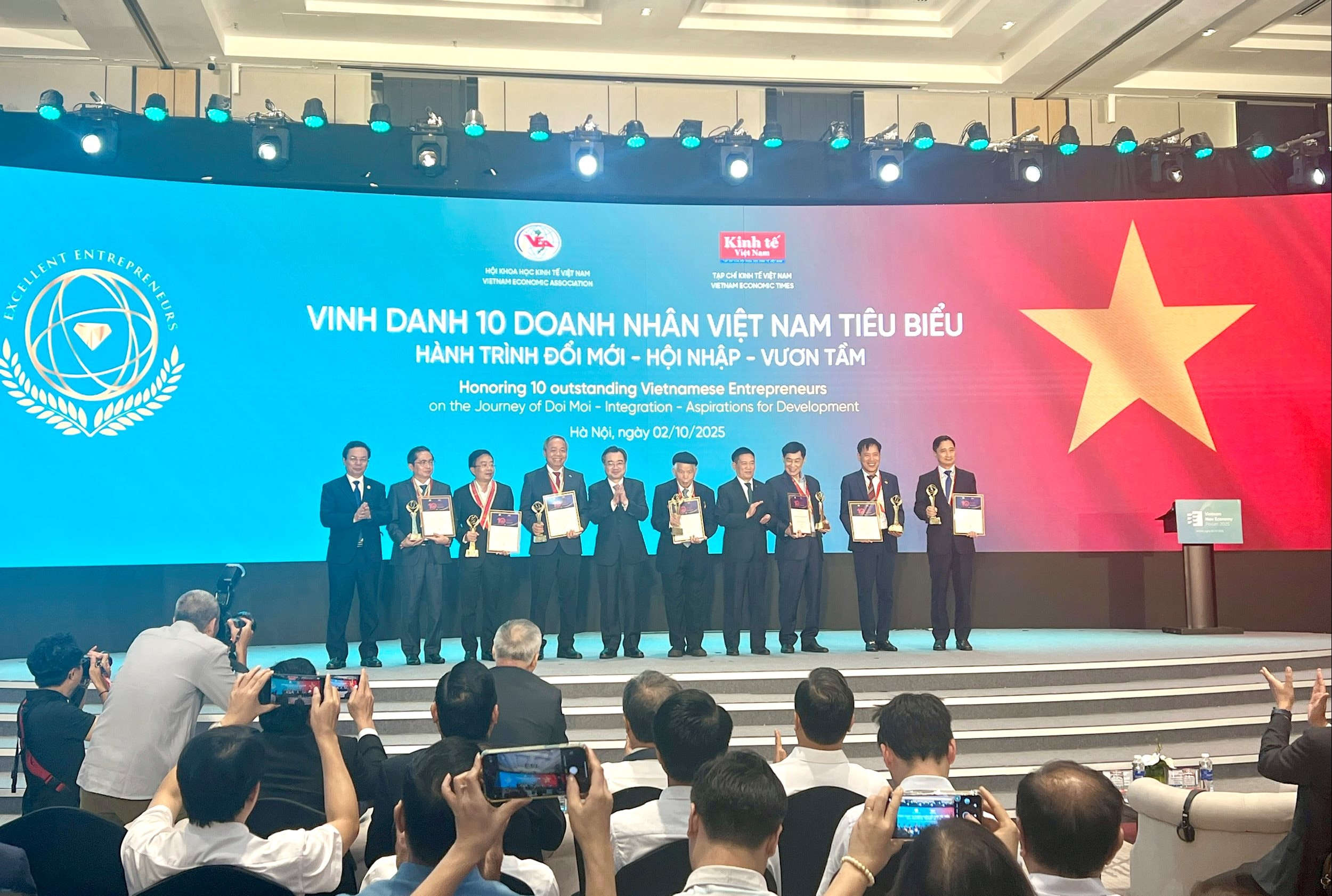
He said Vietnam is emerging as an attractive destination in the context of investors looking for a stable environment, with a growth target of 8% in 2025. Over the past 18 months, the Government has implemented many important reforms such as administrative unit arrangement, corporate income tax and VAT policy adjustment, and incentives for the digital and high-tech sectors. In parallel, the growth pillars are clearly defined: digital transformation, high technology and international integration. The private economy, if supported in the right direction, will be the arm pulling Vietnam forward faster in the global value chain, Mr. Evans commented.
Speaking at the Forum, Deputy Prime Minister Ho Duc Phoc emphasized that Vietnam aims to become a developed, high-income country by 2045 and achieve zero net emissions by 2050. To do that, the growth model must shift from breadth to depth, based on science and technology, innovation and improving labor productivity. This is not just a choice, but a practical requirement and an imperative of the times.
The Deputy Prime Minister said that the Politburo has issued four important resolutions, creating the foundation and driving force for development: Resolution 57 on science, technology, innovation and digital transformation; Resolution 59 on international integration in the new situation; Resolution 66 on innovation in law-making and enforcement; Resolution 68 on private economic development. These are considered the "compass" to help Vietnam develop rapidly, independently, self-reliantly and integrate deeply.
According to experts, Vietnam needs to master technology, raw materials and high-quality human resources; diversify markets; participate sustainably in the global value chain and build a modern governance model. In particular, developing a dynamic private sector, associated with digital transformation and high technology, is considered a key solution for the economy to be resilient to global fluctuations.
From the Forum, the common message was emphasized: Vietnam has a solid foundation after four decades of renovation, but to reach new heights, it is necessary to unleash endogenous strength, promote the private sector and innovation. This will be the driving force for Vietnam's economy to not only grow rapidly, but also sustainably, towards the goal of strong development by the middle of the 21st century.
Source: https://daibieunhandan.vn/kinh-te-viet-nam-huong-toi-mo-hinh-tang-truong-moi-10388932.html







![[Photo] Binh Trieu 1 Bridge has been completed, raised by 1.1m, and will open to traffic at the end of November.](https://vphoto.vietnam.vn/thumb/1200x675/vietnam/resource/IMAGE/2025/10/2/a6549e2a3b5848a1ba76a1ded6141fae)


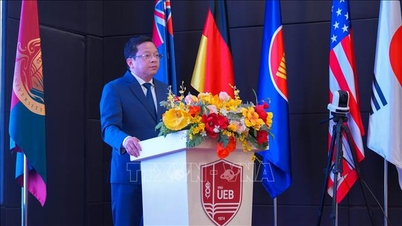


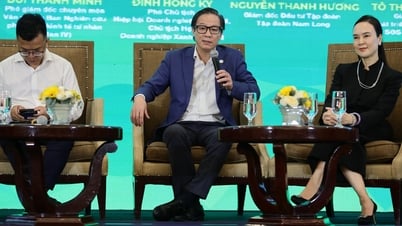


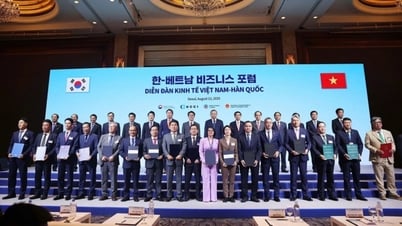

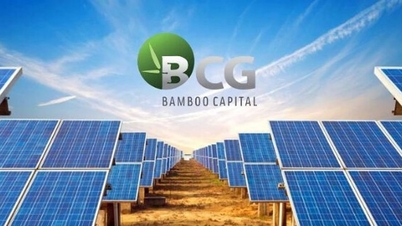
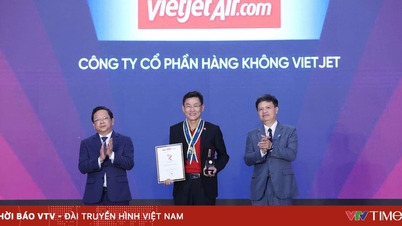

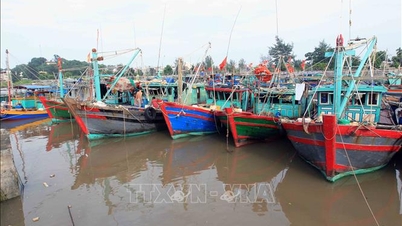
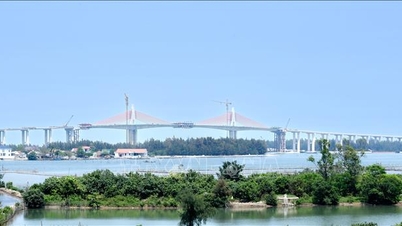






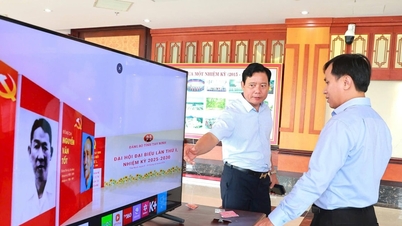
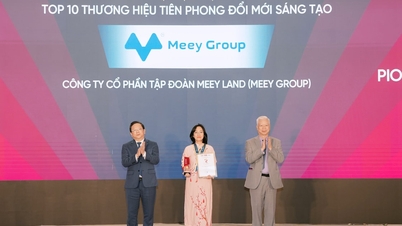
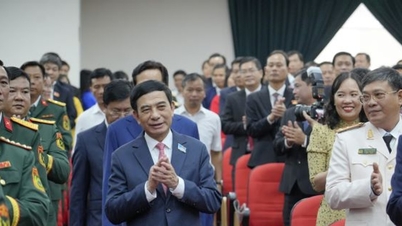
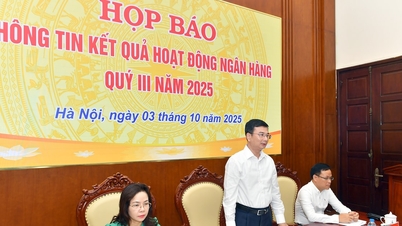


































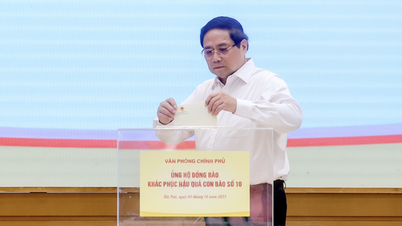










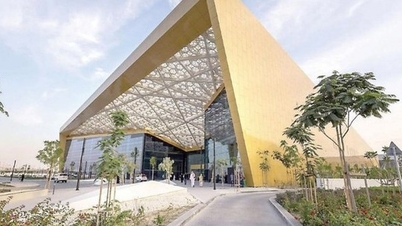



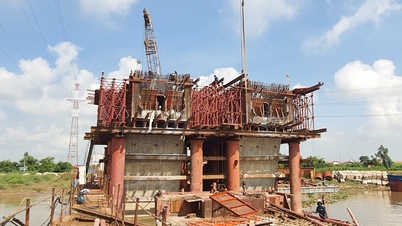

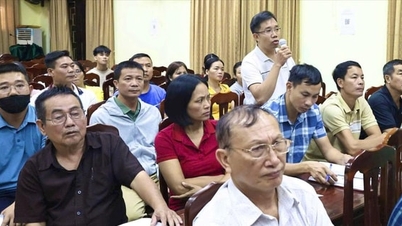


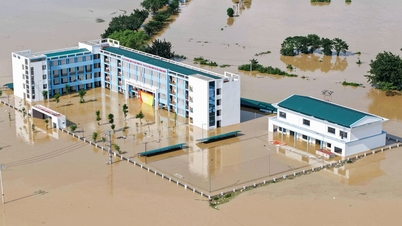













Comment (0)